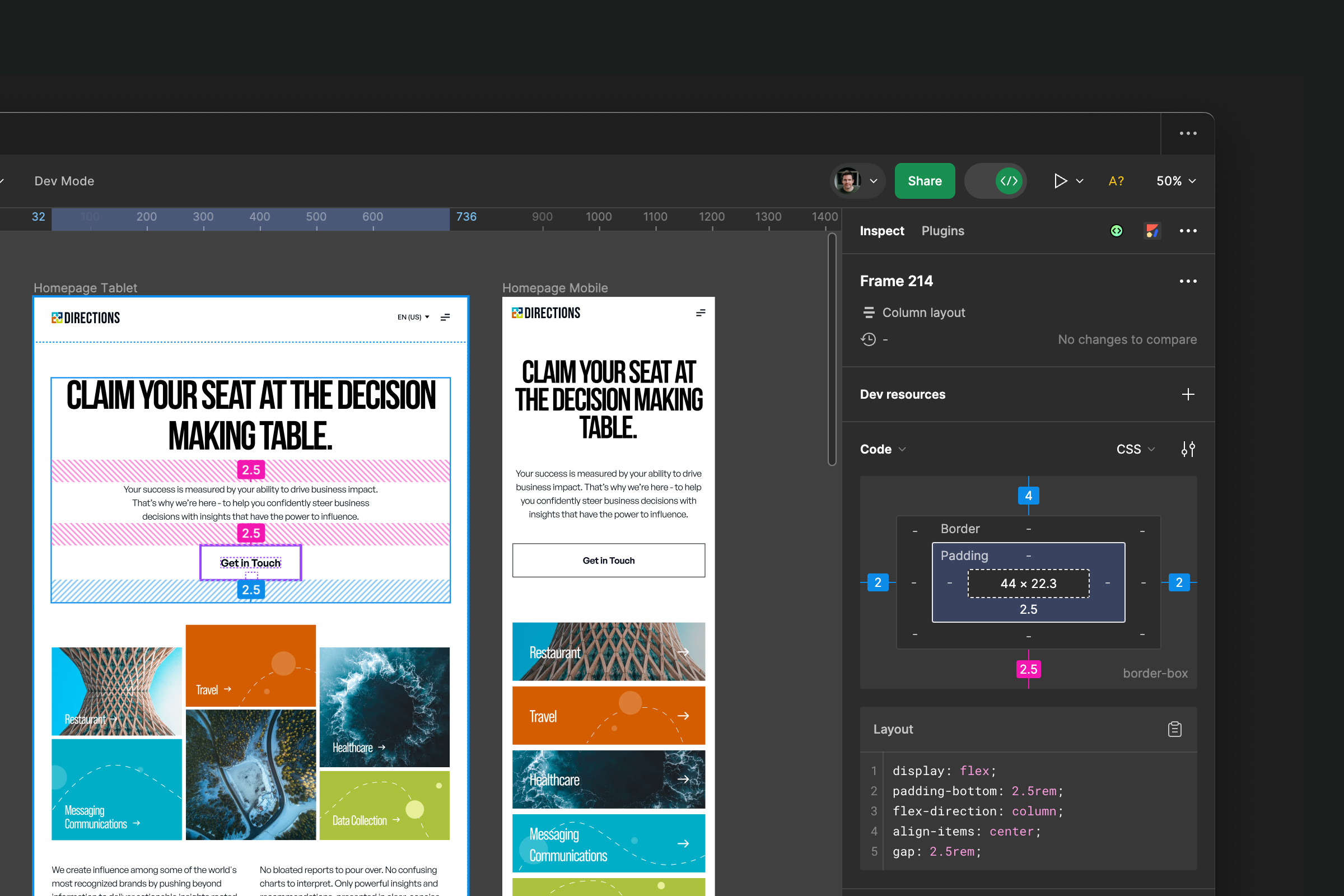Insights
How local SEO can boost your revenue

Search engine optimization (SEO) is an essential aspect of digital marketing. As an SME, optimizing your website for local SEO is crucial for attracting more customers and increasing your revenue. Local SEO is the process of optimizing your website to show up in local search results. By optimizing your website for local SEO, you can increase your visibility and attract more customers who are looking for your products or services in your local area.
In this article, we'll provide tips and tricks for SMEs looking to improve their local SEO. We'll cover topics such as claiming and optimizing Google My Business, building local citations, and generating positive reviews. By implementing these strategies, you can improve your local SEO and attract more customers to your business.
Claim and Optimize Your Google My Business Listing
Google My Business is a free tool that allows you to manage your business's online presence on Google. By claiming and optimizing your Google My Business listing, you can improve your visibility in local search results. Here are some tips for optimizing your Google My Business listing:
- Claim and verify your listing: The first step in optimizing your Google My Business listing is to claim and verify your listing. This involves verifying your business's location and providing accurate information about your business.
- Optimize your business information: Once you've claimed and verified your listing, it's important to optimize your business information. This includes providing accurate and up-to-date information about your business, such as your business name, address, and phone number.
- Add photos: Adding photos to your Google My Business listing can improve your visibility and attract more customers. Be sure to add high-quality photos that showcase your business and its products or services.
Build Local Citations
A citation is a mention of your business's name, address, and phone number (NAP) on another website. Building local citations can improve your local SEO and increase your visibility in local search results. Here are some tips for building local citations:
- Claim your listings: The first step in building local citations is to claim your business listings on local directories and review sites. This involves verifying your business's location and providing accurate information about your business.
- Keep your NAP consistent: It's important to keep your NAP consistent across all directories and review sites. This includes your business's name, address, and phone number.
- Build quality citations: Building quality citations on authoritative directories and review sites can improve your local SEO and increase your visibility in local search results.
Generate Positive Reviews
Reviews are a critical component of local SEO. Positive reviews can improve your visibility and attract more customers to your business. Here are some tips for generating positive reviews:
- Encourage customers to leave reviews: Encourage your customers to leave reviews on your Google My Business listing and other review sites. This can be done through email marketing campaigns, social media posts, and in-store signage.
- Respond to reviews: Responding to reviews, both positive and negative, can improve your reputation and attract more customers to your business.
- Provide excellent customer service: Providing excellent customer service can lead to positive reviews and improve your reputation in the community.
Optimizing your website for local SEO is crucial for attracting more customers and increasing your revenue. By claiming and optimizing your Google My Business listing, building local citations, and generating positive reviews, you can improve your local SEO and attract more customers to your business. Be sure to keep your NAP consistent across all directories and review sites, and provide excellent customer service to encourage positive reviews. By implementing these strategies, you can improve your local SEO and grow your business.





































.jpeg)




.jpg)

.jpg)


.jpg)
